BNS Brasilia (CV-1932)
Back to Other Ships
List
When the news arrived at the Brazilian Admiralty that Argentina had purchased
a ship for the purpose of converting it to an aircraft carrier, the Brazilians
decided that they should have one too. The Brazilian Admiralty and its envoys
then started to look around the worlds navies and scrap yards for a suitable
ship/s for the task. The search having started 6 months later than Argentina's
purchase, the ships that had been available had now either been scrapped or sold
elsewhere. All Brazilian Naval Attaches in foreign countries were ordered out
into the wilds to search for a suitable ship. It took another 12 months before a
lead was followed to the Admiralty Shipyard at what had been St Petersburg and
was now called Leningrad. A previous deal for the disposition of the Borodino
class battlecruiser Izmail had just fallen through. The Izmail was in fair
condition as the hull had been refurbished for the previous sale. An offer was
made to the Soviet Government which was accepted. Two Dutch tugs were hired to
tow the hull from Leningrad to Devonport in Britain.
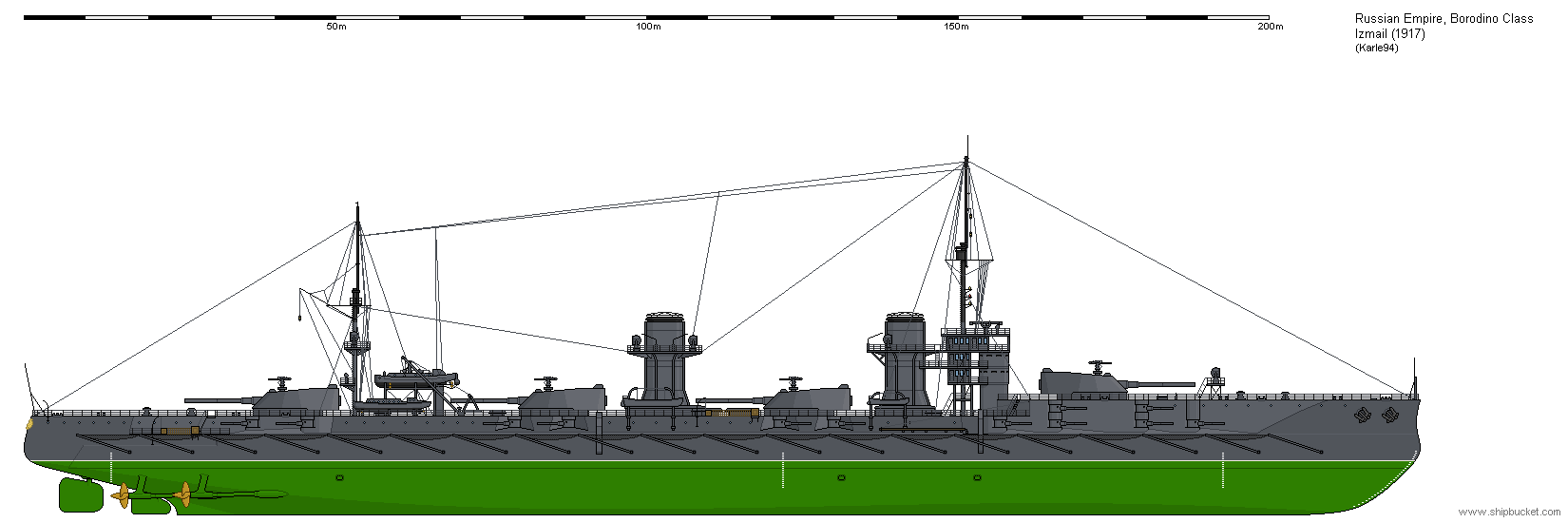
Brazil had purchased a complete Armada from British sources to meet the
challenges of the Argentinian purchases from the ex-Germanic States ships sold
by the Allied War Commission to realise funds for the reparation payments. Part
of Brazils purchases had been the conversion of a suitable ship (once one could
be found) to an aircraft carrier. Britain had offered to build one from scratch
but the cost quoted was outside what the Brazilians were willing to pay. The
cost of the Izmail and its conversion was 1/2 the cost of a new ship. While the
search went on the Brazilians did a quick and dirty conversion of a Bellerophon
class battleship they had purchased prior to the Chilean Reparation package had
been announced. At 526 feet, the ship was not considered ideal except as a
training ship. Fitted with a short 400 foot flight deck, this was fine for
learning with the early biplanes. See Amazonas
for more details.
As can be seen, there is a small difference between the drawing of Izmail for
1917 (above) and how the actual hull was on its arrival in a British dockyard,
as shown in the photo below. The hull was a completely blank canvas. The
designers could do what they liked to produce the best conversion they could.
The first thing was to replace the icebreaker bow. It never freezes around
Brazil.
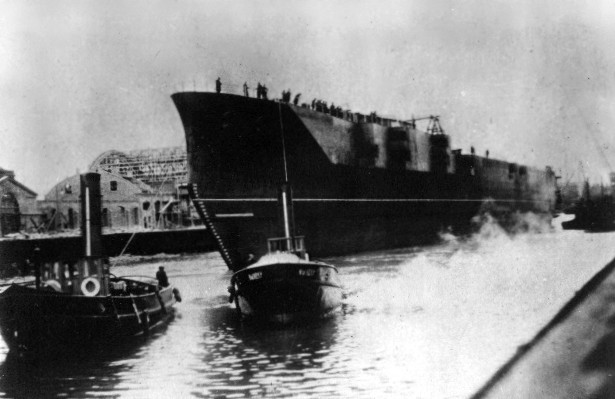
The British were still in the process of converting the Eagle, Furious,
Courageous and Glorious, while the Hermes had just been completed. Parts of all
those ships were taken into the plans for conversion of the Izmail which in a
ceremony was renamed Brasilia as the pride of the Brazilian fleet. The Brasilia
hull was a big ship, 735 feet long by just over 100 feet wide. The internal
volume for the hangar deck was going to be much larger than the other British
conversions. Where the
British ships had been armed with 6", 5.5", 4.7", the Brazilians opted for a 4"
anti-aircraft gun as had been fitted to Hood. These guns could be used for both
AA and surface fire, one of the first instances of a dual purpose weapon. 7 per side were fitted giving the
ship a total of 14 x 4" guns. While the ship was still under reconstruction the
2 pounder guns came into being and space was found to fit 4 quadruple sets.
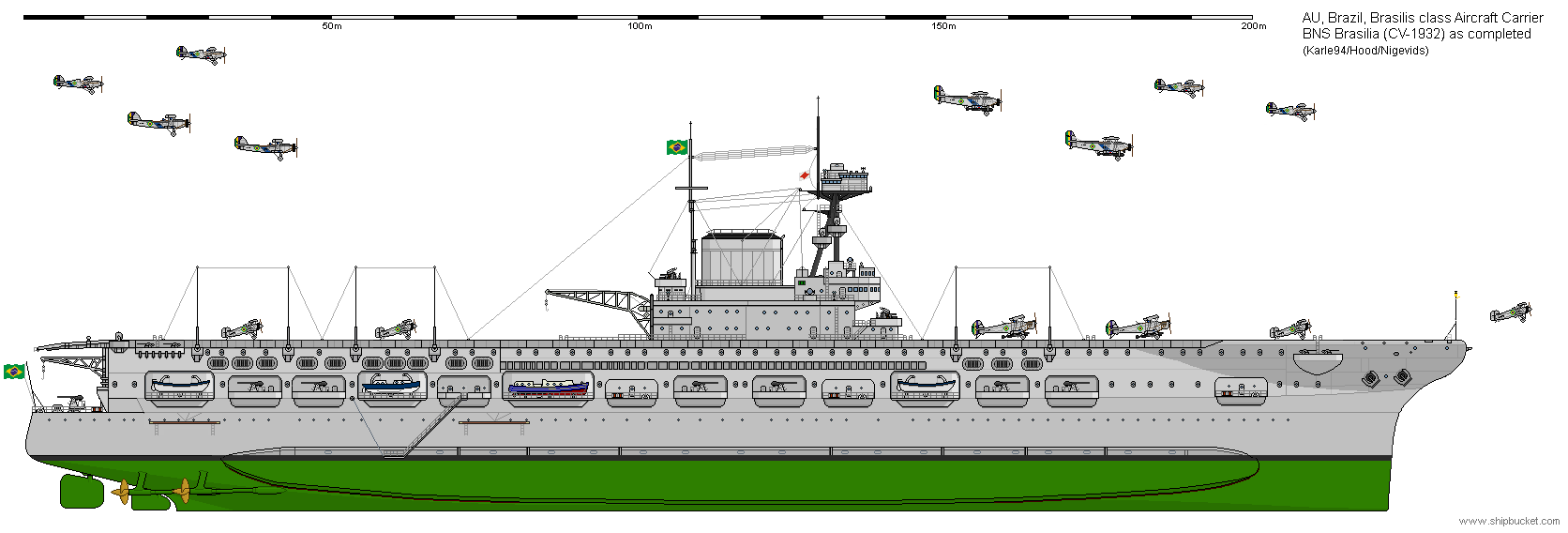
Fitted with one hangar deck from bow to stern, up to 66 aircraft were
carried. The use of the enclosed bow rather than that used by the Courageous
class gave the ship a better carrying capacity than the British ships. The
breadth of the hull also played its part (Courageous 81ft, Izmail 100ft) in
providing a more than useful conversion. The bridge superstructure contained all
the command and control functions up to and including Flag ranked (Admirals)
officers. The use of sponsons, down the side of the ship, contained all of the
main armament 4", ships boats, hull access by boat, and mooring points. Armour:
no side armour was fitted, instead a set of bulges for underwater protection and
as an aid to stability control were fitted. It was different for the main deck
where a 3.5" strake of armour covered all the vital areas.
The original Borodino class machinery was only meant to produce 65,000shp to
produce a speed of 26.5 knots. Considering the similar sized Queen Elizabeth
class had machinery rated at 75,000shp and only made 25 knots. The Russian
claims seem a bit far fetched. Having an empty shell to fill up, and with no
interference from guns/barbettes/magazines, a new machinery plant was fitted,
rated at 100,000shp for a speed of 27-28 knots. Being oil fired from the start
and an increase in bunkerage also extended the range.
The British designers had sculpted an excellent aircraft carrier using all of
the best ideas from the current crop of conversions of which the Brasilia was
the last to complete. The only change in armament was the replacement of the
20mm Hispano-Suiza mounts with 20mm Oerlikon cannons - and an increase in
numbers of them. Like all ships of the time, it was the electronics suite, and
for the Brasilia, the aircraft types carried, that continually evolved. Radar,
homing beacons, wireless, radar predictors, etc.
.png)
By mid-1940 the Brazilian Navy was running short of aircraft. War losses,
landing accidents, old age, all had depleted the stocks. The Commonwealth Navies
gave the Brazilians replacements of the modern aircraft that were aboard their
carriers. Gloster Griffons, Fairey Sea Battles, Blackburn Skuas, replaced the
old Swordfish, and Hurricanes that had been aboard. The remainder of those older
aircraft were used on the Amazonas.
| Displacement |
33,500 tons std 40,400 tons full load |
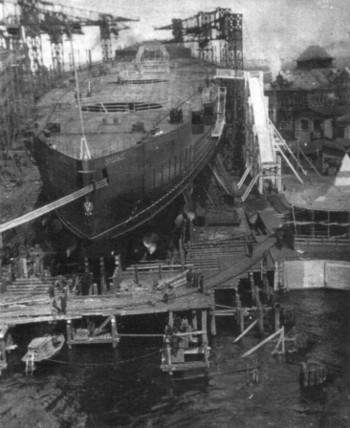 |
| Length |
768 ft |
| Breadth |
100 ft hull (116 over sponsons) |
| Draught |
30 ft |
| Machinery |
4 shaft steam turbines, 100,000shp |
| Speed |
27 knots |
| Range |
11,000 miles at 16 knots |
| Armour |
3.5" deck, bulges fitted |
| Armament |
14 x 4" (14x1)
16 x 2 pd (4x4)
8 x 20mm H-S (8x1) |
14 x 4" (14x1)
24 x 2 pd (6x4)
32 x 20mm (32x1) |
| Aircraft |
66-70 |
| Torpedoes |
nil |
| Complement |
1540-1700 |
| Notes |
|
Izmail under construction 1916 |
By the end of 1938 the Brazilians had received their first 2 squadrons of
Hurricane fighters, 1 squadron of navalised versions were immediately allocated
to the Brasilia. Giving the ship 2 squadrons (24) of Swordfish, 2 squadron of
Skuas, 1 squadron of Gladiators and the 1 squadron of Hurricanes. By the start
of the war in June 1939 the Gladiators had been landed and replaced by another
squadron of Hurricanes with another squadron ashore as replacements but also
used as the training squadron and fleet base protection at Rio de Janeiro.
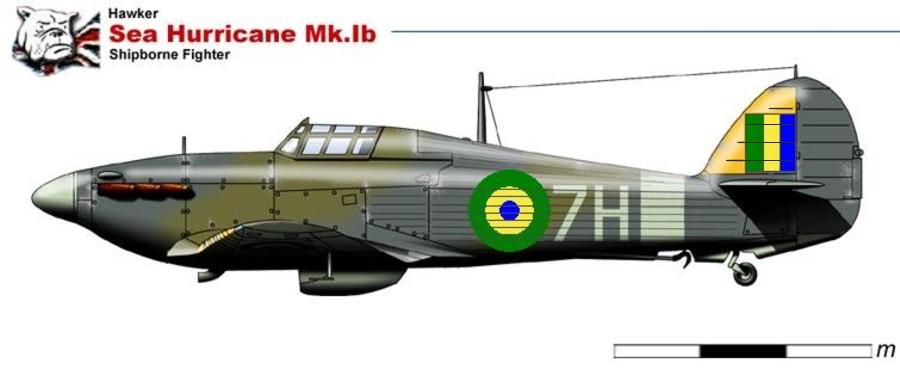
Old drawing of the Brasilia. Newer drawings should look better.
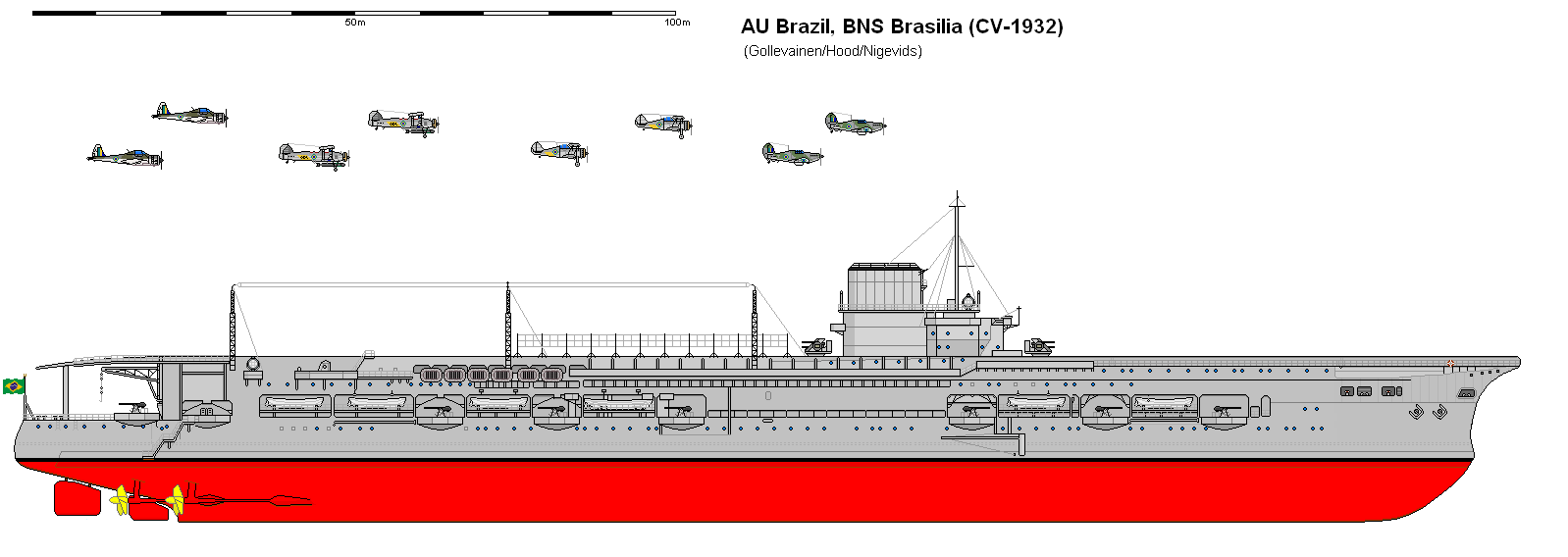
Back to Other Ships
List



.png)


